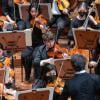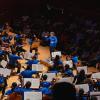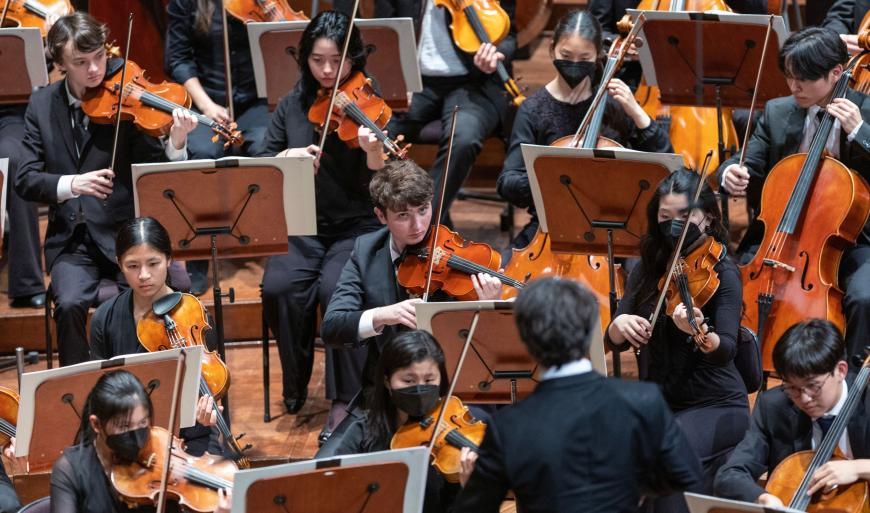
One of the highlights of Ron Gallman’s job as director of education programs for the San Francisco Symphony is the Bay Area Youth Orchestra Festival. This year more than ever, he’s looking forward to hearing the California Youth Symphony, Golden State Youth Orchestra, Oakland Symphony Youth Orchestra, San Francisco Symphony Youth Orchestra, and Young People’s Symphony Orchestra play at Davies Symphony Hall.
The festival started in 2009, and Gallman says it was so successful that the SF Symphony decided to host it every couple of years. The last festival performance was in January 2020, right before the pandemic. There was no festival in 2022, and now, after three years, Gallman says that the 500 or so young musicians coming together on Jan. 14 represent something particularly meaningful.
“We are resurrecting it after a gap due to the pandemic,” Gallman says about the festival. “Everyone who is involved with it is just thrilled to be back.”
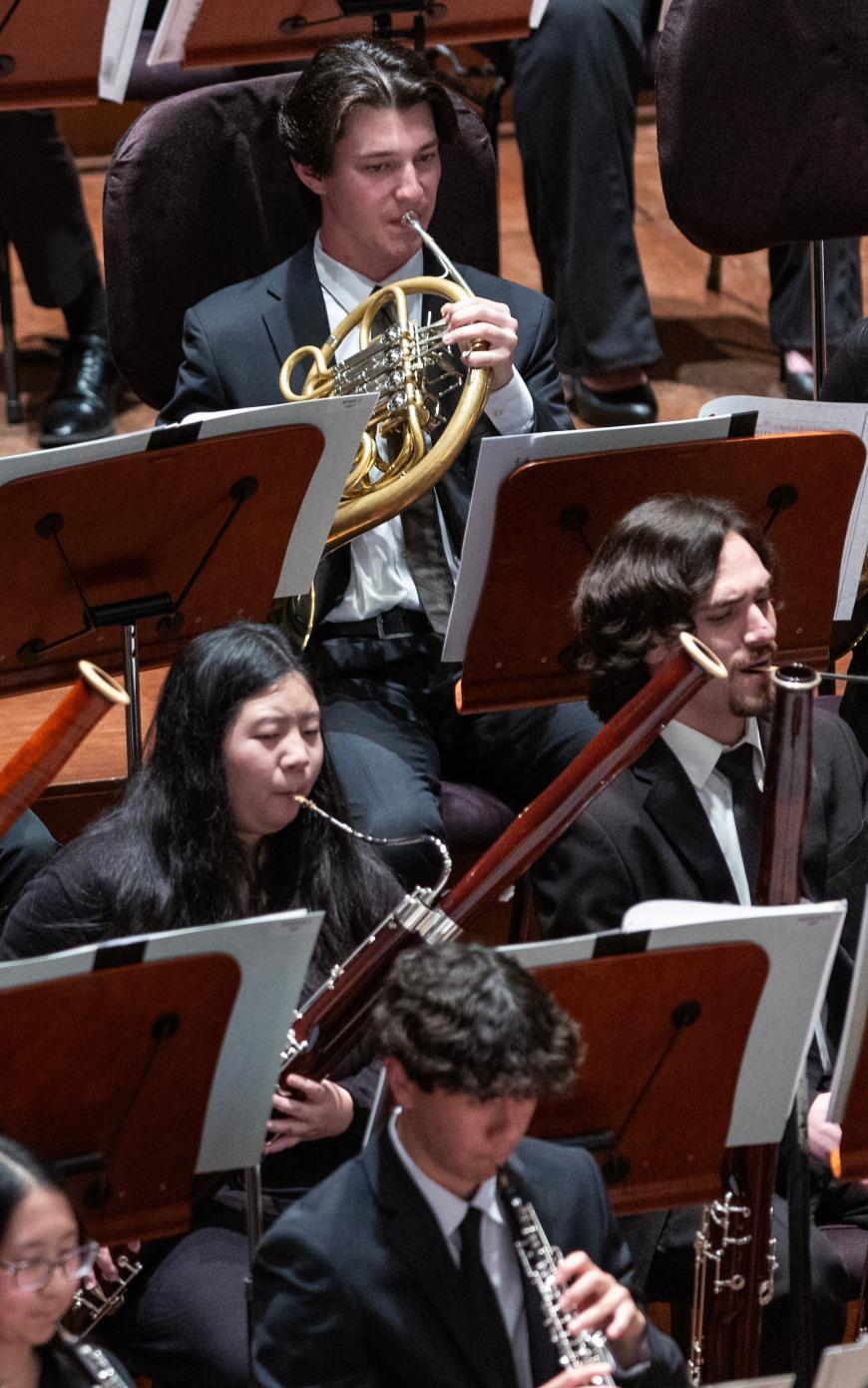
Playing in a youth orchestra is a great experience, Gallman thinks, one that gives young musicians a chance to create something as a group. Meeting other youth orchestra members at the festival is a wonderful opportunity, he adds.
“Say you are a young oboist in one of the participating orchestras. When you’re here, you get to meet the young oboists in four other youth orchestras around the Bay Area,” he says. “Something like that is huge in terms of building a sense of community and a sense of actualization for these young musicians that ‘yes, I am an oboist, and I love what I do.’”
Also significant to students, Gallman says, is that each participating youth orchestra donates a share of its proceeds from the festival to an organization of its choosing that helps the underserved youth in its area.
It’s not just the young orchestra members who find joy at the festival, Gallman says — the audience does as well. He gives the example of an audience hearing the Finale of Tchaikovsky’s Symphony No. 4 in F Minor played by teenagers rather than a professional orchestra that has performed the piece dozens of times. As it happens, the Young People’s Symphony Orchestra (YPSO) will be playing that movement on Sunday.
“When a youth orchestra is performing this piece, chances are that 90 percent or higher of these students are going to be performing this iconic masterwork for the first time in their lives, and there is this incredible sense of discovery, of excitement, in terms of digging into this piece, learning it, mastering it, and then performing it in public,” Gallman says. “From an audience point of view, there’s a certain enthusiasm and sense of wonder that comes from hearing a performance by a youth orchestra.”
David Ramadanoff, YPSO’s music director, agrees, saying the students’ enthusiasm comes through. “They really commit themselves,” he says. “At the dress rehearsal the other day, I was working with the Tchaikovsky symphony, and I just stopped them for a moment, and I said, ‘Can you hear how exciting your playing is? Lock into that and go with that.’”
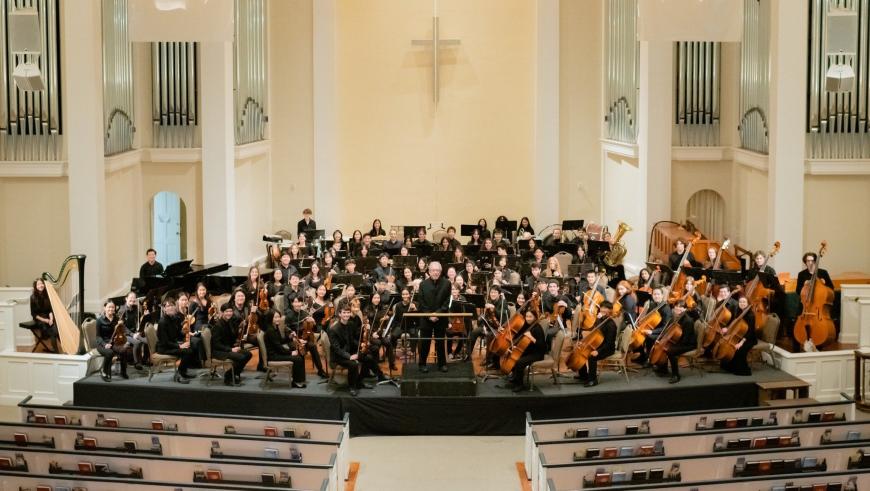
Ramadanoff says he looks for technically challenging pieces as well as ones that will give the 99 members of the orchestra something to do. “We have five percussionists, we have a harp, we have almost a full brass section and a full woodwind section, in addition to a large number of strings, and we even have a keyboard player,” he says. “I try to find, first of all, things that will involve [all of] them.”
YPSO concertmaster Ariel Pawlik-Zwiebel finds the Tchaikovsky fun to play. He is also looking forward to playing Arturo Márquez’s Danzón No. 2 with the Festival Orchestra, comprised of selected musicians from all five ensembles participating in the Jan. 14 event.
Both Pawlik-Zwiebel’s parents are musicians, and he started playing the violin before he turned 6. He regularly performs at recitals with his father, pianist Markus Pawlik, and with a chamber music group, but playing in an orchestra is unique, the violinist says.
“I feel like the biggest thing you get out of it is, like, learning how to play together with a whole group or a whole section,” he says. “In chamber music, it’s you playing together with other instruments, but in orchestra, you have to mesh with 40 of the same instrument, and you have to sound like one cohesive group.”
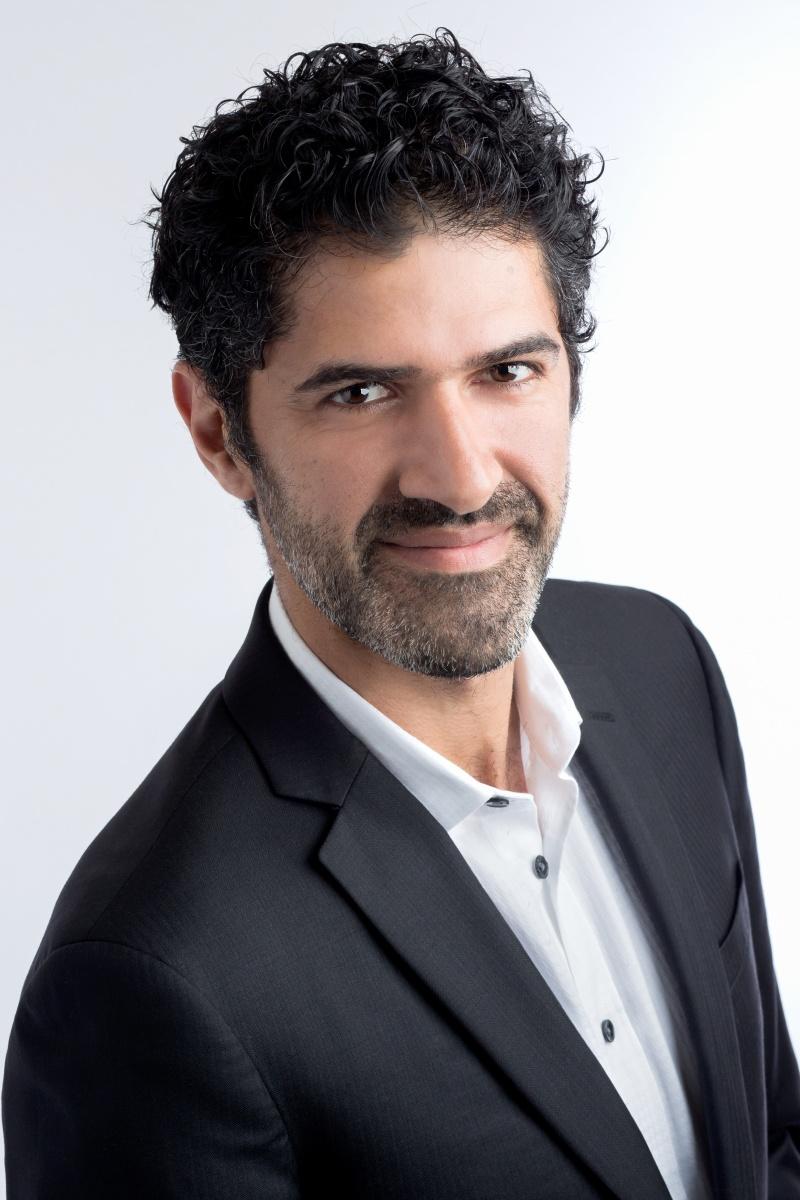
Omid Zoufonoun, music director of the Oakland Symphony Youth Orchestra, enjoys showing young people how to do that. He started teaching guitar as a teenager and previously taught at Oakland School for the Arts. Like Pawlik-Zwiebel, he grew up with a musician father, Mahmoud Zoufonoun.
The conductor has selected Ralph Vaughan Williams’s Overture to The Wasps to perform at the festival. Zoufonoun says he tries to do a piece every year by a composer who, while not unknown, isn’t one you would find on many concert programs. “It ends up feeling a little bit like a discovery together, almost like a premiere,” he says. “The kids won’t know it, and I won’t know it. I’m looking for pieces that are a discovery for me as well. And the audience won’t know it, so all of us are discovering the piece together even though it’s been around and it’s been recorded.”
With a youth orchestra, every piece feels like a premiere, Zoufonoun reiterates. That makes for a sense of excitement and danger, he says. “No matter how good the kids are, with a [youth] symphony you can’t take that much for granted. You still have to build it up from scratch, and it keeps you honest, too. If you screw up as a conductor with a professional orchestra, they’ll rescue you. The kids won’t. They’ll go off the cliff with you if you take them off the cliff.
“It’s a really cool way as a conductor to know whether what you’re doing works or not, both in terms of the technical side of it but also the inspiration side of it. If it’s not coming to life, well, why not? What are you going to do about it? So, it can be incredibly frustrating when it’s not going well, and it’s incredibly rewarding when it is.”


